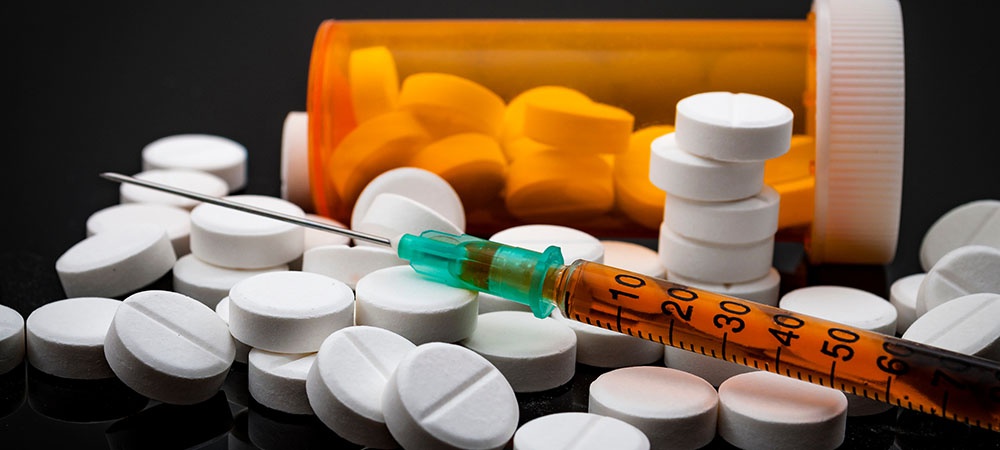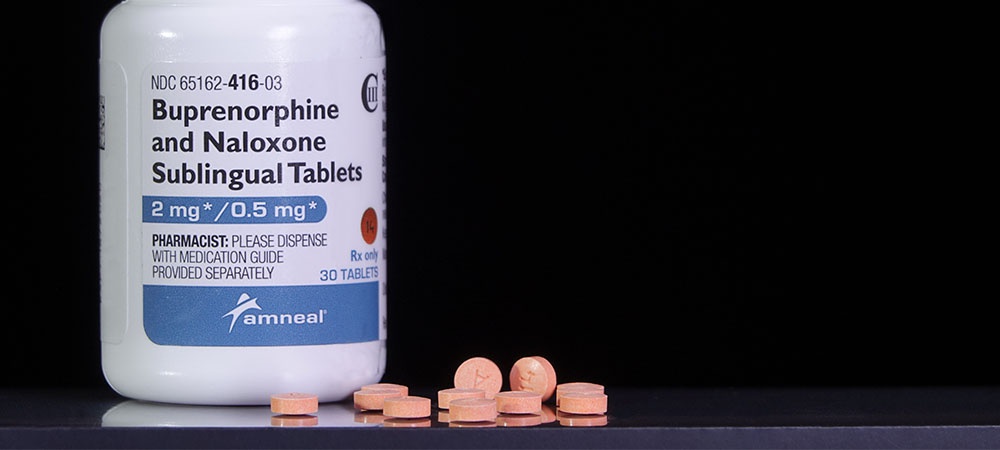Opiate detox programs are designed to counter the unpleasant withdrawal symptoms that develop when you stop using. These withdrawal symptoms are inevitable if you’re dependent on opioids. Your body will react aggressively to the absence of opioids when you stop.
And this is where opiate detox programs come in. This guide to opiate detox programs will cover what to expect during your detox program. We’ll define the signs of opioid withdrawal, how long opioid withdrawal symptoms last and how an opiate detox program can help you.
What is an Opioid Detox Program?
An opioid detox program is the first step if you have an addiction to opioids and are ready to start your recovery journey. It’s a combination of medical and psychological treatments involved in removing opiates in your body.
The typical route to opiate detox is to stop using the drug under the supervision of trained medical professionals. But an opiate detox program may also involve the prescription of opiate substitutes like Methadone.
Opiate withdrawal — which occurs when you stop using opioids — is intense. That’s why addiction specialists across Canada recommend undergoing detox in a fully accredited facility under the guidance of professionals.
How Long Does Opioid Withdrawal Last?
It’s near impossible to provide a guide to opioid detox without covering withdrawal and the expected timeline. After all, the whole point of opioid detox is to ensure you stay safe and healthy throughout withdrawal and eventual recovery.
The timeline for opioid withdrawal depends on the following factors:
- Whether you use short-acting or long-acting opioids.
- The severity of your opioid withdrawal symptoms
- Duration of opioid abuse
- Opioid usage dosage
- Time between opioid doses
Based on these factors, withdrawal symptoms for short-acting opioids like heroin can last up to 7 days and usually start 8-12 hours after the last use.
Recovery from long-acting opioid abuse involves longer withdrawal timelines and requires longer opiate detox programs. For instance, withdrawal symptoms may remain for up to 14 days after the last use for opioids like morphine, oxycodone and fentanyl.

What Symptoms Should I Expect During Opioid Detox?
Any symptoms you experience during an opiate detox program are due to withdrawal. These withdrawal symptoms often occur between 12-24 hours after use.
- Agitation
- Anxiety
- Insomnia
- Sweating
- Runny nose
- Stomach aches
- Diarrhea
- Nausea
- Tremors
- Constricted pupils
- Fluctuating blood pressure
- Muscle spasms
Opiate Detox Guide: Outpatient vs Inpatient Detox
What happens during an opiate detox program depends on your choice of treatment — outpatient or inpatient.
Outpatient opiate detox programs are best for less severe addiction cases. It’s an opiate detox program where you visit the detox centre on a predetermined schedule for checkups, supervision and medication.
An outpatient opioid detox program is right for you if:
- You have work or family constraints that prevent you from living in a detox centre
- You have not benefited from prior in-patient opioid detox
- You require medical care and are willing to come in for regular treatments
Residential or inpatient opiate detox programs offer the highest chances of recovery. This trend is because patients leave their homes and live in a regulated detox care facility, getting round-the-clock supervision and care.
Residential opiate detox programs are right for you if:
- You have a severe case of opiate addiction or dependence.
- You require detox treatment for multiple substances.
- You’re just starting your opiate abuse journey
- You’ve had to deal with opiate relapse in the past
Related Article: Medical Detox in Toronto: What to Expect and How to Find the Right Facility

What to Expect During a Residential Opiate Detox Program
An inpatient opiate detox program is a private service that allows you to remain in the facilities where you will receive treatment without access to anyone or anything outside the facilities.
The idea is to deliver treatment in a supportive environment using different forms of holistic therapy alongside withdrawal and detox treatments. In addition to removing opiates from your body, residential detox aims to identify your addiction’s psychological triggers and underlying causes.
You can expect to meet regularly with a certified therapist at a residential opiate detox facility. The therapist will explore the nature of your addiction and help you determine whether mental health conditions, trauma, or hereditary conditions contribute to your drug dependence. More importantly, your therapist will help you develop the tools to counteract the underlying cause of your opiate addiction.
A holistic opiate detox program seeks to help you achieve the following:
- Manage withdrawal symptoms and reduce pain or physical suffering
- Ensure a safe transition to an opiate-free state of health
- Provide useful vitamins and nutrients to supplement your body during detox
- 24/7 assistance during detox
- Supportive care to help you maintain sobriety
- Therapy sessions to help you develop coping strategies for cravings and triggers
- Family involvement to help you build a support system to prevent relapse.
- Introduce you to community support programs and 12-step meetings.
Opiate detox is a comprehensive treatment that covers all aspects of your physical, mental and spiritual recovery from addiction.
What Medication is Used During Opiate Detox?
Addiction treatment specialists prescribe medication to manage withdrawal symptoms and cravings during your detox procedure. Under a medical professional’s supervision, the medication will be tapered down until you recover completely from the withdrawal symptoms.
Here’s a list of the common medications used for opiate drug detox:
Clonidine
Clonidine is a medication for managing withdrawal symptoms and treating high blood pressure symptoms. Available in tablet form or a skin patch, Clonidine also relieves anxiety and stress that come with withdrawal.
Clonidine is popular for opiate detox programs because it doesn’t cause the pleasurable feelings associated with other opioid painkillers. Therefore, there is little chance of physical dependence and potential abuse after your opioid detox program.
Methadone
Methadone acts as a substitute for whatever opioid the patient is dependent on. This makes it hugely useful in treating long-term chronic dependence on opioids.
But methadone also causes feelings of pleasure after use. This means there is the potential for addiction and dependence on methadone. Consequently, you should only use methadone under the supervision of highly trained medical professionals.
Buprenorphine
Buprenorphine is also called Suboxone in medical circles. While it’s primarily used for treating alcohol addiction, Buprenorphine is also effective for treating opiate withdrawal symptoms.
Buprenorphine is a partial agonist. It doesn’t mimic the effects of stronger opiates and decreases the intensity of opioid cravings — helping you stay motivated throughout your opiate detox program.
Related Article: The Benefits of a Detox Center: A Safe and Effective Way to Overcome Substance Dependence

Get Help For An Opiate Addiction
An opiate detox program is designed to help you manage the symptoms of opiate withdrawal. It also includes holistic elements of drug detox treatments like individual therapy, group counselling and mindfulness.
This, alongside medication like Clonidine, helps you achieve physical and emotional health while you focus on stopping opioid use.
At Medical Detox Ontario, we offer comprehensive opiate detox programs which we can customize to fit your unique situation. Contact us today to learn more.

